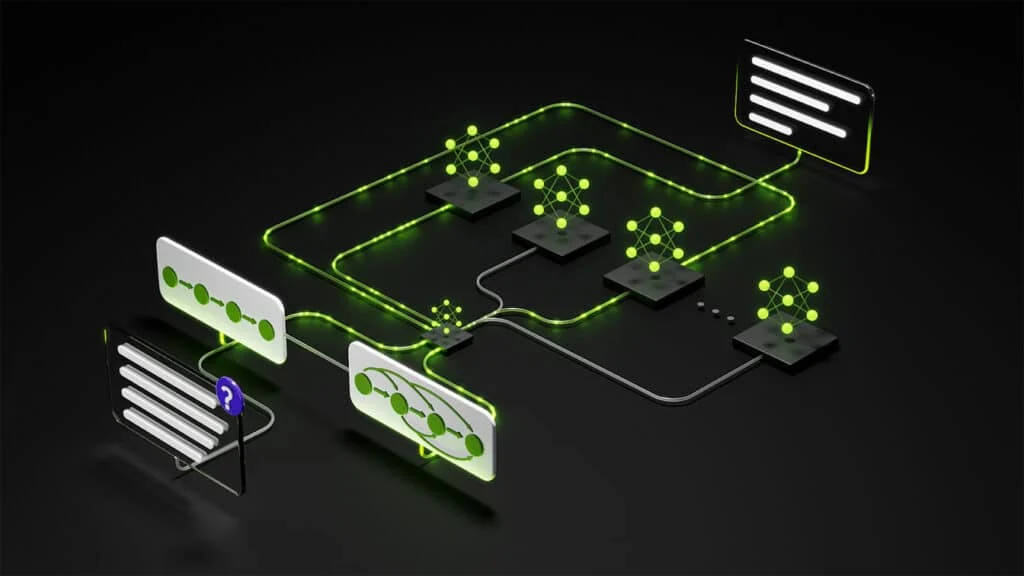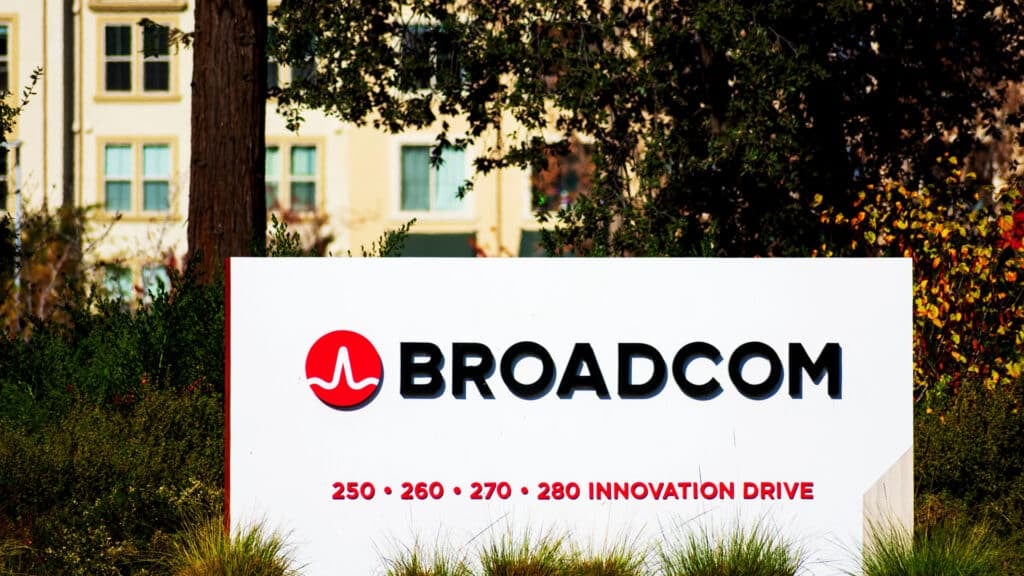The Six Five team discusses visit to Solidigm HQ – state of storage for AI.
If you are interested in watching the full episode you can check it out here.
Disclaimer: The Six Five Webcast is for information and entertainment purposes only. Over the course of this webcast, we may talk about companies that are publicly traded and we may even reference that fact and their equity share price, but please do not take anything that we say as a recommendation about what you should do with your investment dollars. We are not investment advisors and we ask that you do not treat us as such.
Transcript:
Patrick Moorhead: Solidigm. So a little background. Intel used to be in the NAND business, by the way, they actually started off as a memory company years and years and years ago before they went to a compute. So in what Intel calls simplification, they started jettisoning certain businesses off and they spun off their memory business, SK Hynix bought it, and SK Hynix rebranded it as Solidigm and Solidigm is focused on data center NAND. They don’t do consumer sets, they don’t do smartphones, they don’t do PCs. It’s all about that. So, Dan, talk a little bit about the visit that you and I had with their leadership team.
Daniel Newman: Yes, so we got to spend some time with David Dixon. He’s their Co-CEO. They have the, what’s somewhat typical when you have an Asian parent company that they have a co-CEO, one based in Korea, one based here in the US. They are basically finding themselves in this really interesting moment now. Memory’s hot. SSD is a very interesting, it’s really unique economic and we’ll spend a lot of time talking about that. Hard drive, of course, is cheap. It’s being done at scale, but we’ve got this issue right now with power, with rack space with capacity, 15 kilowatt racks are going to be harder and harder to come by. I shared a tweet last night where they talk about all the data centers being in Northern Virginia. The only problem with Northern Virginia is there’s almost no power left to build more data centers.
Patrick Moorhead: 3% power left for everybody.
Daniel Newman: So they’ve got very little power left. And so we spent a lot of time focusing on the footprint, the footprint, the ability and the smaller number of GPUs required and the amount of memory accessible, and the fact that there is an economic case for SSD right now. And Solidigm seems to be on a good trajectory, Pat. This was a first-time overview for the both of us since the spin-off ’cause this was a spin-off of the Intel NAND business. And I think what we came away with is that there is an interesting total economic validation that needs to be done to look at hard disk versus solid state, and that directionally Solidigm could be in a very good position for growth based on what’s going on with AI. And by the way, they are focused only on data center. They’re not focused on personal and handset devices and PCs and tablets. They are focused on data center infrastructure. And I think right now, that could be a really good place to be.
Patrick Moorhead: Yeah. By the way, I made a mistake on the 3%. It’s actually 0.2% power left on the grid in Virginia-
Daniel Newman: Really?
Patrick Moorhead: … And some people are going to be, “Okay, scale versus specialty.” What do you get out of specialty? Well, what Solidigm does is they do custom firmware for AWS, for Google Cloud, for all of their hyperscaler data customers. And what that gets you is different performance profiles, different power profiles via firmware, and it seems to be working for the company. They’re going to ride the demand curve and the profit curve. We probably didn’t want to see their financials last year, but yeah-
Daniel Newman: See Micron.
Patrick Moorhead: … No, no, exactly. Yeah, see Micron and see Samsung. Samsung doesn’t break out memory, but you can pretty much tell when the memory market hits the skids, they are in no man’s land, and pretty much everybody was negative gross margin. And then, as we map this out, it was okay, maybe making a point on gross margin, negative operating income as a percent and then it’s fricking boom time, right? The skyrocket, we saw Micron just boom, and that was all on HBM. But anyways, looking forward to tracking these folks in the future.
Author Information
Daniel is the CEO of The Futurum Group. Living his life at the intersection of people and technology, Daniel works with the world’s largest technology brands exploring Digital Transformation and how it is influencing the enterprise.
From the leading edge of AI to global technology policy, Daniel makes the connections between business, people and tech that are required for companies to benefit most from their technology investments. Daniel is a top 5 globally ranked industry analyst and his ideas are regularly cited or shared in television appearances by CNBC, Bloomberg, Wall Street Journal and hundreds of other sites around the world.
A 7x Best-Selling Author including his most recent book “Human/Machine.” Daniel is also a Forbes and MarketWatch (Dow Jones) contributor.
An MBA and Former Graduate Adjunct Faculty, Daniel is an Austin Texas transplant after 40 years in Chicago. His speaking takes him around the world each year as he shares his vision of the role technology will play in our future.







